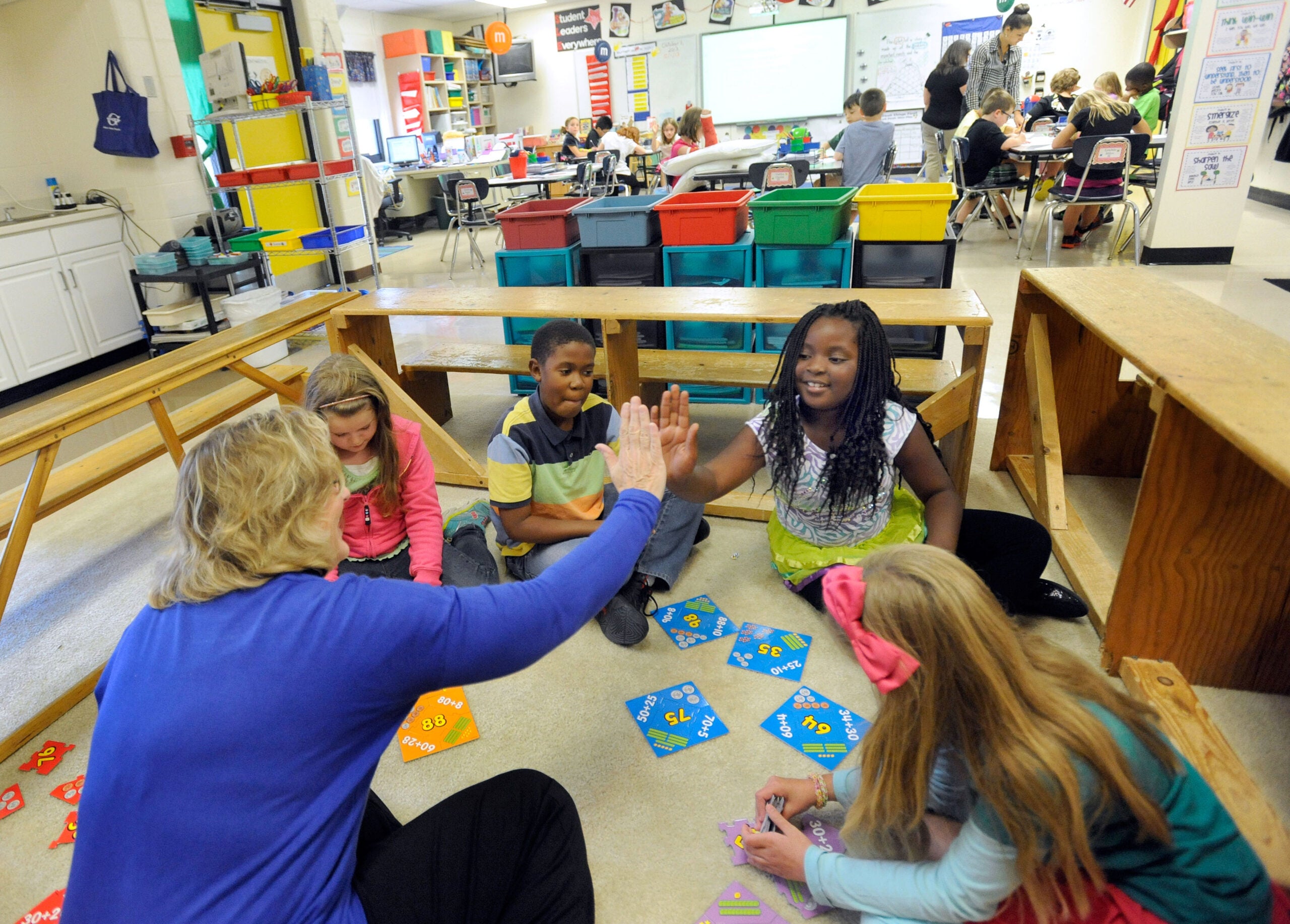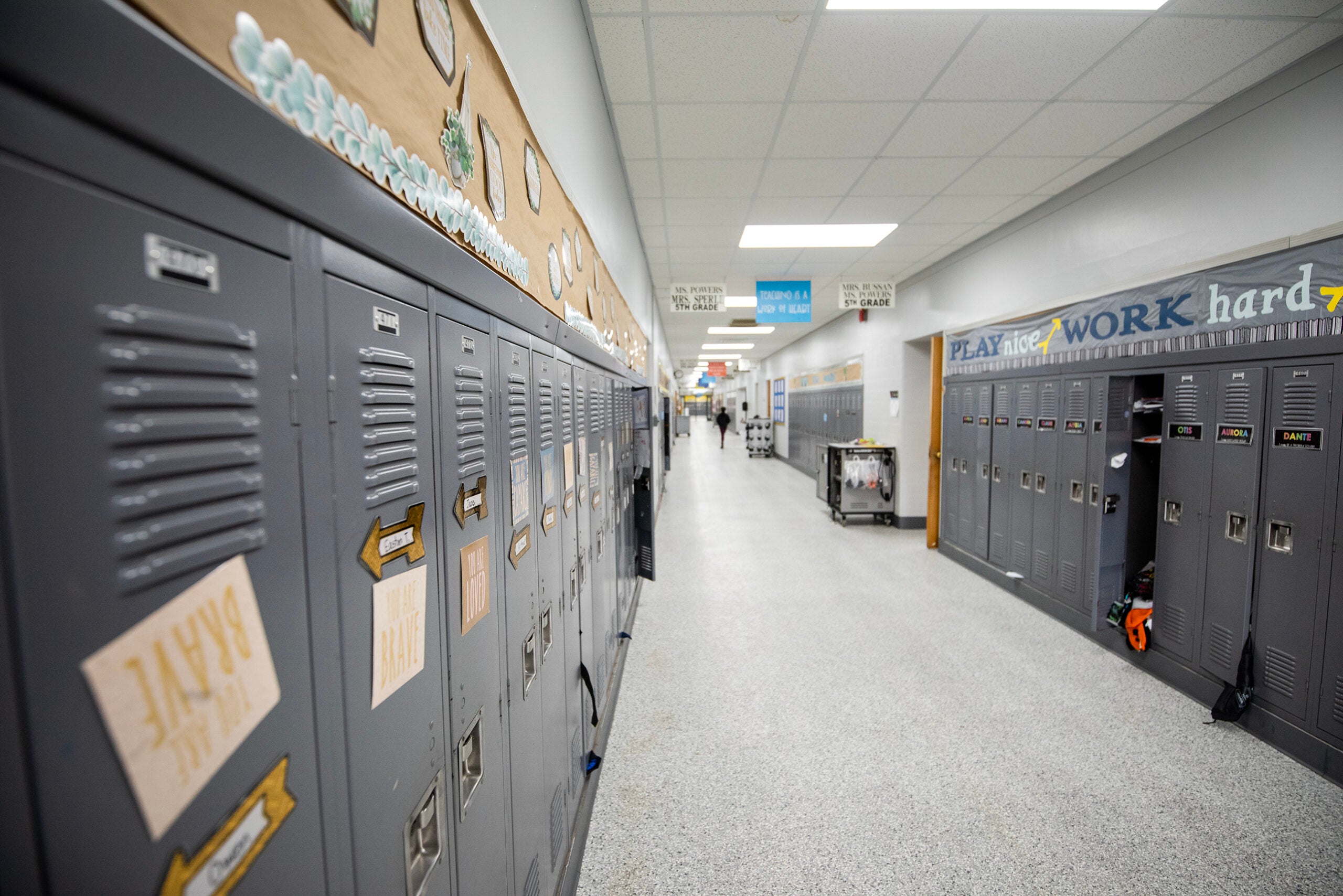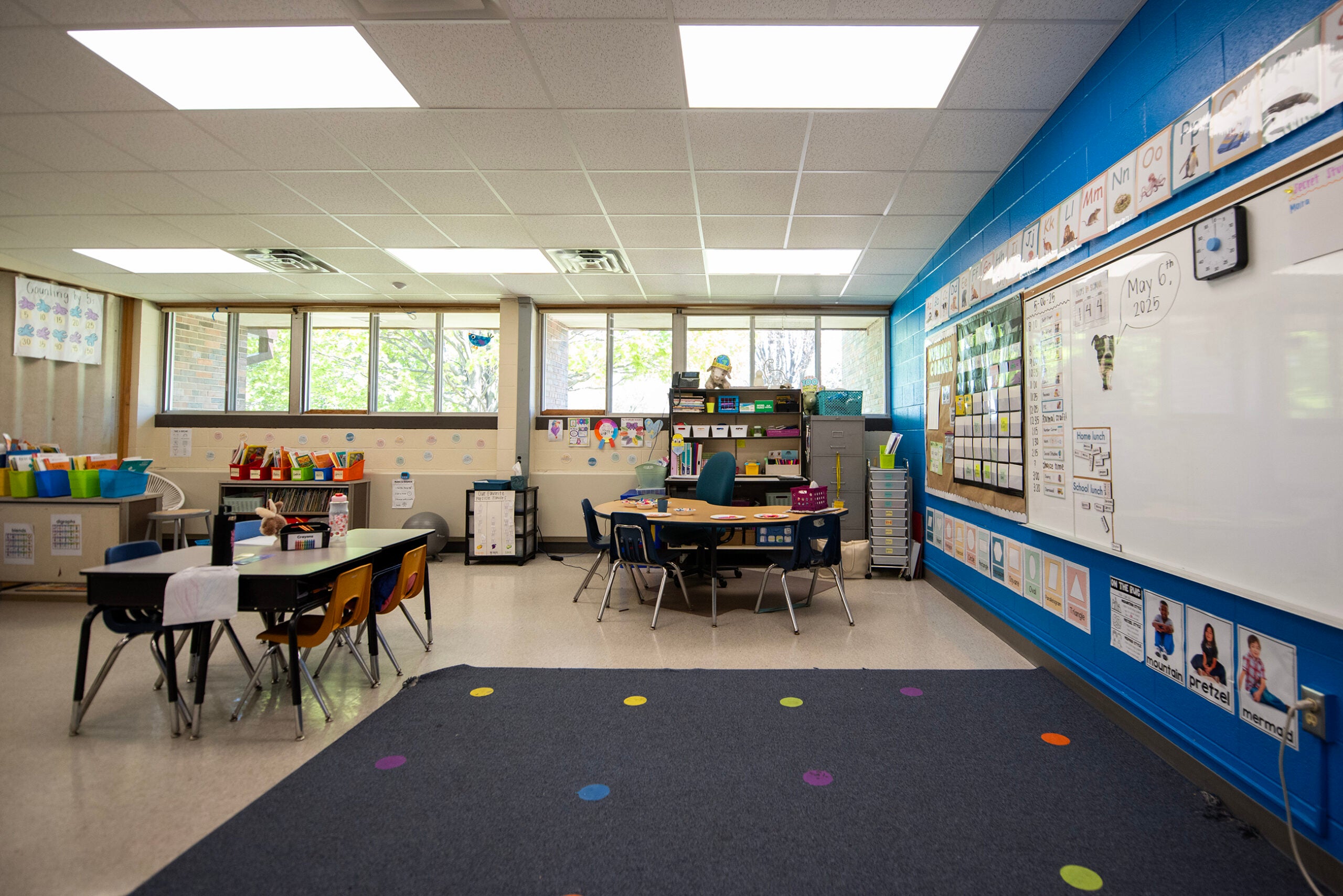Rural schools aren’t planning on any extra money from the state as they’re heading into the new school year. Districts are improvising while lawmakers continue to hammer out the next two-year state budget.
With three proposals on how to pay for education, it’s unclear how much aid districts will receive from the state. Drummond School District Administrator John Knight said he doesn’t know what to expect for the roughly 365 kids expected to enroll this fall.
“The two forecasts that we’ve done for this current year that we’re kind of leaning on are rolling the numbers over from last year and the increase in per pupil aid of $200 this year and another $204 next year,” he said.
News with a little more humanity
WPR’s “Wisconsin Today” newsletter keeps you connected to the state you love without feeling overwhelmed. No paywall. No agenda. No corporate filter.
Gov. Scott Walker has proposed that increase in per pupil aid as part of a plan to send $649 million in new aid to schools.
The Wisconsin Rural Schools Alliance represents around 150 rural districts in the state. Executive Director Kim Kaukl said it’s possible some rural schools are trying to keep costs down in several ways, including holding off on buying equipment.
“Some districts may start with substitutes in classrooms that weren’t filled yet or they may choose just to drop a section of a class,” Kaukl said.
Some districts are developing contingency plans in the event they’ll see less money than what’s been proposed, said Ken Kasinski, administrator of the Cooperative Educational Service Agency in northern Wisconsin.
“If a district is lucky enough to have a fund balance, they’ll be looking at maybe tapping that fund balance along the way to be able to offset that until aid dollars come in,” he said.
Superior School District Administrator Janna Stevens said they haven’t had to hold off on hiring or purchasing for their district of roughly 4,700 students. She doesn’t expect they’ll need to draw money from the district’s fund balance, but officials are considering that possibility.
“We have plans that if we don’t come in or if it’s significantly lower, we have a very healthy fund balance that we don’t want to touch,” she said. “We also have an alternate fund because of some great planning with the school board back in the ’80s. There’s a small pot of money there that we can shore things up with, but we’re hoping that the Legislature is going to pass what the governor presented.”
The Ashland School District is also prepared to dip into its fund balance if they see significant changes in education spending from lawmakers, said superintendent Keith Hilts.
“We’ve been under budget constraints for 15-plus years. Staffing-wise we’re pretty lean. When we hire people, we really need them,” he said. “If it came to be that we couldn’t afford them, we would have to cover this year’s contract out of our fund balance and cut for the following year.”
Hilts said he hopes it doesn’t come to that for his district of roughly 2,100 students, but he noted schools are considering every possible scenario until the budget is signed.
Assembly Republicans have introduced a proposal that would increase per pupil funding by $150 in the first year of the budget and $200 per pupil in the following year. The proposal would also increase low revenue ceiling limits for some school districts.
Senate Republicans have introduced a plan that would provide the same increases in per pupil aid as Walker’s plan. However, the Senate plan would also similarly increase low revenue limits like the Assembly plan.
The Assembly Education Committee is set to hold a public hearing on state aid payments at 11:30 a.m. Thursday.
Wisconsin Public Radio, © Copyright 2025, Board of Regents of the University of Wisconsin System and Wisconsin Educational Communications Board.






